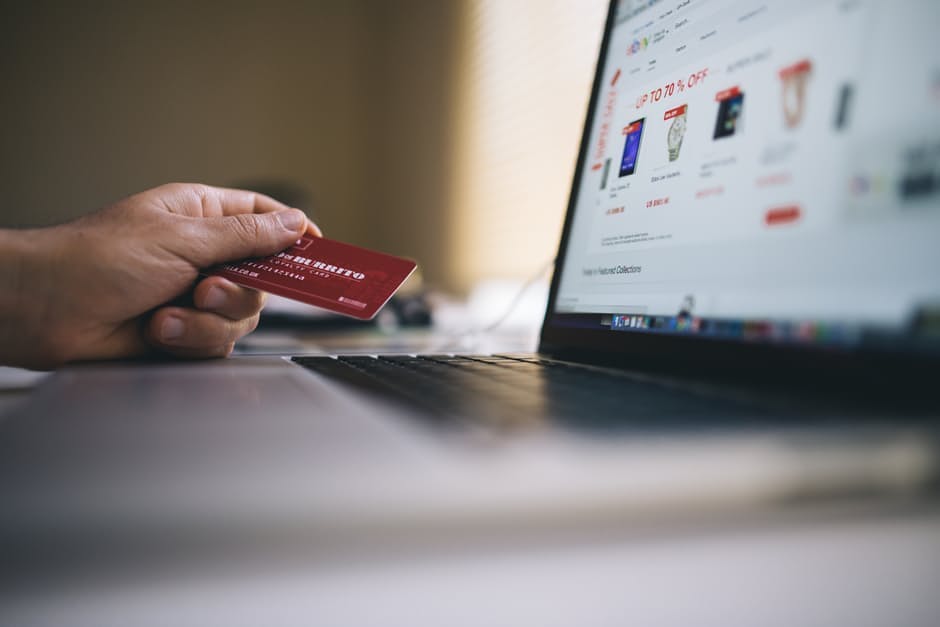
The Internet of Things — maybe you’ve heard of the phrase, maybe you haven’t. Maybe you’ve heard it muttered around the workplace as your colleagues talked about their new voice-activated devices. The IoT has been growing steadily since the start of PCs and smartphones. From there, we’ve come out with more interconnected devices including smartwatches




